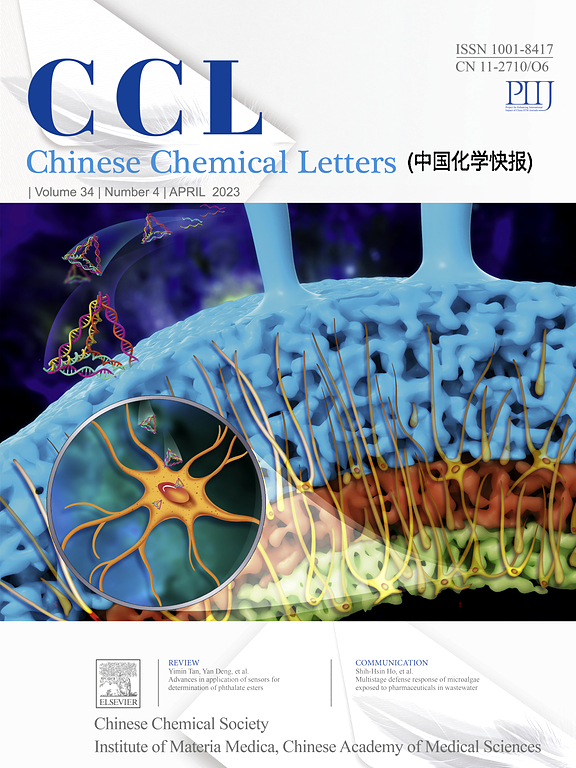Identifying the catalytic active site of durable Ru-based liquid-phase catalyst for acetylene hydrochlorination
IF 9.4
1区 化学
Q1 CHEMISTRY, MULTIDISCIPLINARY
引用次数: 0
Abstract
A comprehensive understanding of the structure and dynamic evolution of catalytic active sites is vital for advancing the study of liquid-phase acetylene hydrochlorination. Here, we successfully developed a Ru-DIPEA/TMS catalyst optimised through systematic composition and condition tuning, demonstrating exceptional performance with 95.5 % C2H2 conversion and sustaining over 91.1 % activity along with nearly 100 % selectivity for VCM during a continuous 900-h test. Using a combination of characterisation techniques, including UV–vis spectroscopy, FT-IR spectroscopy, X-ray photoelectron spectroscopy, single-crystal X-ray diffraction, and X-ray absorption spectroscopy, along with density functional theory (DFT) calculations, the structure and dynamic behaviour of the active sites were thoroughly investigated under the synergistic influence of ligands and HCl. The results revealed that HCl activation induces a significant structural transformation of the active sites, leading to the formation of a hexacoordinate complex, Ru(CO)2Cl2(C6H15N·HCl)2. DFT calculations further elucidated the mechanism underlying active site formation, revealing that an increased electron density around the Ru centre and corresponding changes in its coordination environment play critical roles in enhancing catalyst stability and activity. This study contributes to a deeper understanding of the structural basis of active site evolution during acetylene hydrochlorination, offering both practical insights into industrial applications and foundational knowledge for advancing liquid-phase catalysis.

耐用钌基液相催化剂乙炔加氢氯化催化活性位点的确定
全面了解催化活性位点的结构和动态演化对推进液相乙炔加氢氯化反应的研究至关重要。在这里,我们成功地开发了一种Ru-DIPEA/TMS催化剂,通过系统的组成和条件调整进行了优化,在连续900小时的测试中,表现出优异的性能,C2H2转化率为95.5% %,活性超过91.1 %,VCM选择性接近100% %。利用紫外-可见光谱、红外光谱、x射线光电子能谱、单晶x射线衍射和x射线吸收光谱等表征技术,结合密度泛函理论(DFT)计算,在配体和HCl的协同作用下,对活性位点的结构和动态行为进行了深入研究。结果表明,HCl活化诱导活性位点发生明显的结构转变,形成六配位配合物Ru(CO)2Cl2(C6H15N·HCl)2。DFT计算进一步阐明了活性位点形成的机制,揭示了Ru中心周围电子密度的增加及其配位环境的相应变化对提高催化剂的稳定性和活性起着关键作用。该研究有助于深入了解乙炔加氢氯化过程中活性位点演化的结构基础,为工业应用提供实际见解,并为进一步推进液相催化提供基础知识。
本文章由计算机程序翻译,如有差异,请以英文原文为准。
求助全文
约1分钟内获得全文
求助全文
来源期刊

Chinese Chemical Letters
化学-化学综合
CiteScore
14.10
自引率
15.40%
发文量
8969
审稿时长
1.6 months
期刊介绍:
Chinese Chemical Letters (CCL) (ISSN 1001-8417) was founded in July 1990. The journal publishes preliminary accounts in the whole field of chemistry, including inorganic chemistry, organic chemistry, analytical chemistry, physical chemistry, polymer chemistry, applied chemistry, etc.Chinese Chemical Letters does not accept articles previously published or scheduled to be published. To verify originality, your article may be checked by the originality detection service CrossCheck.
 求助内容:
求助内容: 应助结果提醒方式:
应助结果提醒方式:


